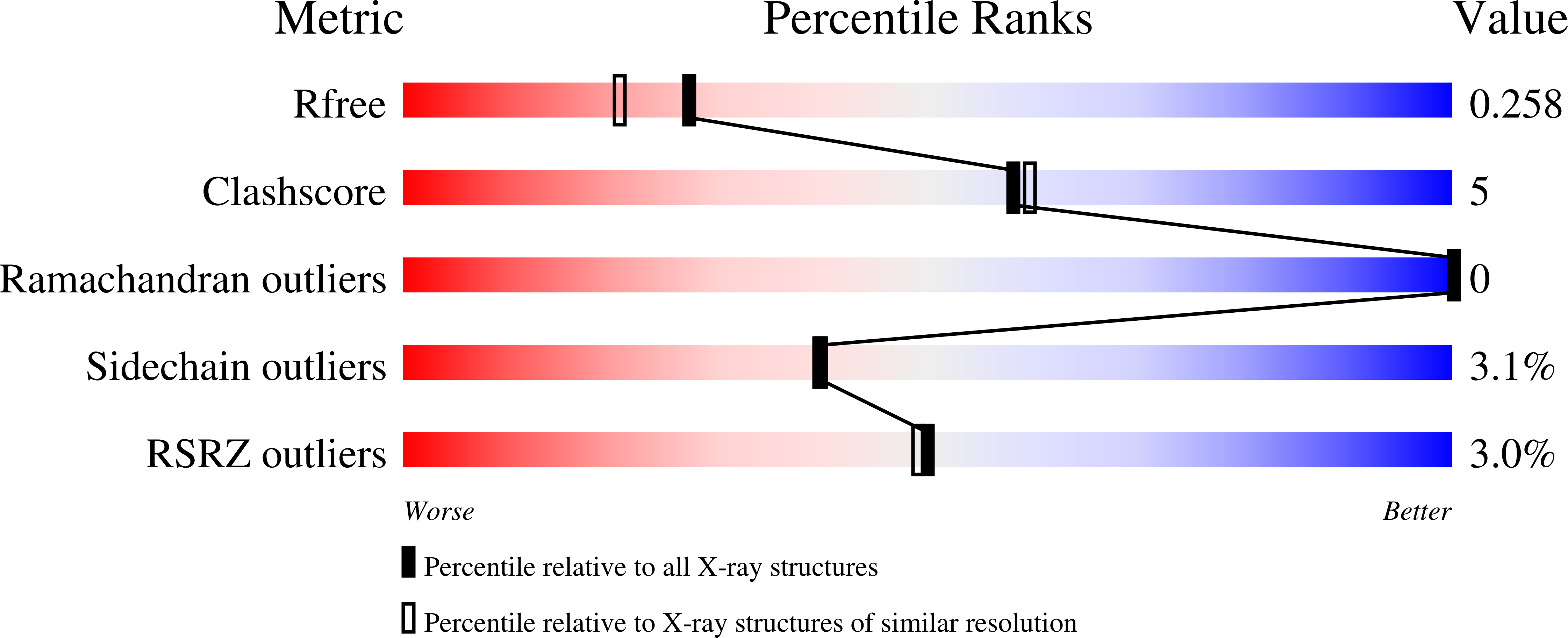
Deposition Date
2022-07-10
Release Date
2023-05-17
Last Version Date
2024-11-20
Entry Detail
PDB ID:
8DN7
Keywords:
Title:
The crystal structure of the Pisum sativum Toc75 POTRA domains in complex with fab ax9
Biological Source:
Source Organism:
Pisum sativum (Taxon ID: 3888)
synthetic construct (Taxon ID: 32630)
synthetic construct (Taxon ID: 32630)
Host Organism:
Method Details:
Experimental Method:
Resolution:
2.00 Å
R-Value Free:
0.25
R-Value Work:
0.21
R-Value Observed:
0.21
Space Group:
P 1


